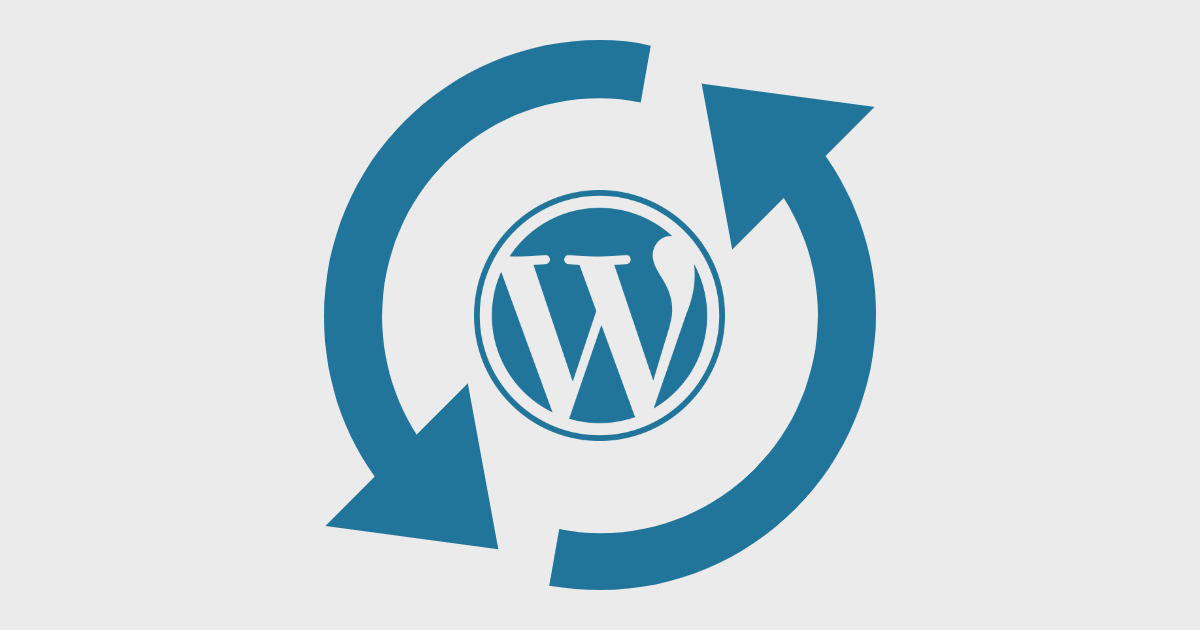
WordPress is one of the most popular content management systems (CMS) in the world, used by millions of websites across the globe. While its ease of use and flexibility make it an ideal choice for users of all skill levels, its popularity also makes it a frequent target for cyberattacks. As such, it is crucial to keep WordPress, as well as its themes and plugins, up to date to ensure website security.
1. Security vulnerabilities in outdated software
Every time a new version of WordPress, a theme, or a plugin is released, it incorporates improvements, bug fixes, and most importantly, security patches. The developers are constantly monitoring and fixing vulnerabilities that could be exploited by malicious attackers. If you don’t regularly update WordPress or its components, you risk leaving your site vulnerable to known exploits. Hackers can take advantage of security holes in older versions to gain unauthorized access to your site, steal sensitive data, modify content, or even take full control of your server.
2. Risk mitigation with regular updates
Constantly updating WordPress and its plugins ensures that your site benefits from the latest security improvements. In many cases, updates include patches for critical vulnerabilities that, if left unchecked, can be an easy target for attackers. Outdated plugins and themes are especially dangerous, as they often include legacy code that hasn’t been patched or fixed to mitigate new threats.
In addition, many popular plugin and theme developers have a regular update cycle that not only fixes security flaws, but also improves site stability and optimizes overall performance. Thus, not only security is protected, but also the functionality of the website.
3. Avoid exploitation of known vulnerabilities
One of the most common methods of attack on the internet is the use of known vulnerabilities. When a plugin or theme has a security flaw, it is common for developers to release a new version to fix it. If the software is not updated, attackers can use automated tools to search for sites that are still using vulnerable versions. In 2020, 56% of web attacks were carried out through known vulnerabilities in WordPress, highlighting the importance of constant updating.
By not updating WordPress, themes, or plugins, your site can become an easy target for cybercriminals, who could exploit security gaps to access users’ private information, introduce malware, or even hack your website.
4. Improved performance and compatibility
Updates not only address security concerns, but also improve WordPress performance and its compatibility with newer technologies. A website that is kept up-to-date is faster and more efficient, which not only improves user experience but also benefits SEO. Google and other search engines prefer fast and well-optimized sites, which contributes to better rankings in search results.
Additionally, WordPress and its components updates ensure compatibility with other web tools and services. Third-party developers also update their solutions to adapt to the latest versions of WordPress, which prevents potential incompatibility issues that could affect the functioning of your site.
5. Automating updates: a convenient option
One of the most effective ways to ensure that WordPress, its plugins, and themes are always up to date is to enable automatic updates. While some updates may be critical and require testing before deployment (especially on sites with complex customizations), most security updates can be performed without manual intervention. This significantly reduces the risk of any important updates being missed.
WordPress allows you to set up automatic updates for themes and plugins, which can be an especially useful option for users who are not technically savvy or don’t have the time to regularly check for available updates.
Keeping WordPress, its themes, and plugins up to date is one of the best security practices to protect your website. Regular updates not only address known vulnerabilities, but also improve site performance, compatibility, and stability. Failing to do so puts your site’s integrity, your users’ privacy at risk, and can even hurt your search engine rankings. Therefore, ensuring your site is always up to date is a critical action to keep it safe, efficient, and protected from cyber threats.
